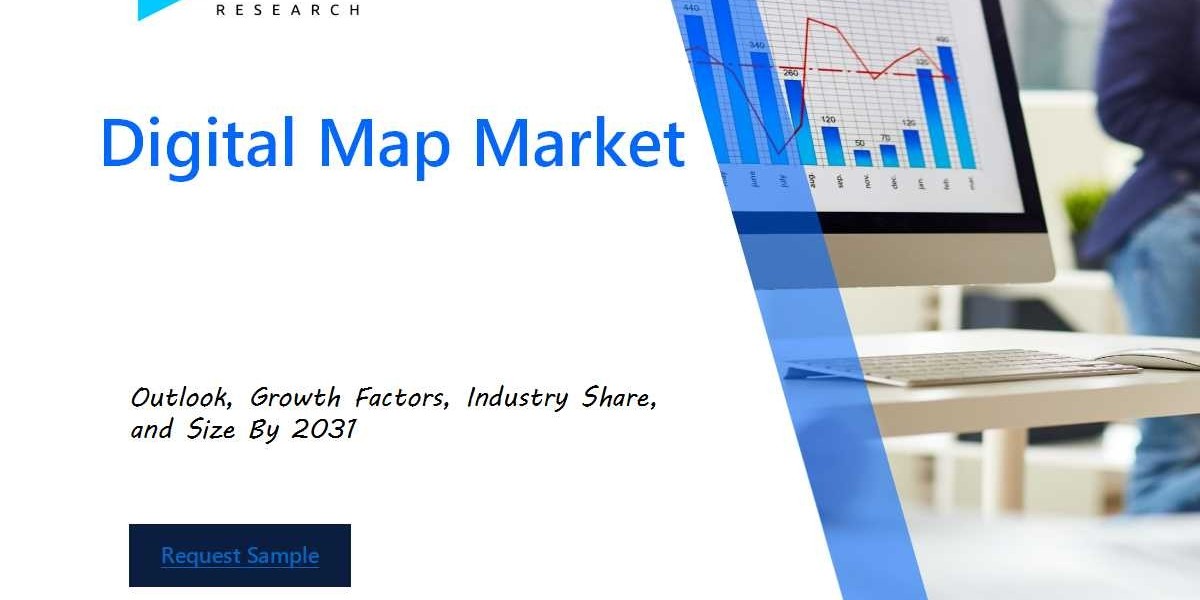The global heparin market was valued at approximately USD 7.56 billion in 2023 and is projected to experience a compound annual growth rate (CAGR) of 2.7% from 2024 to 2030. A significant factor driving this market growth is the rising prevalence of chronic diseases. According to a World Health Organization (WHO) report released in September 2023, noncommunicable diseases (NCDs), often referred to as chronic diseases, are responsible for approximately 41 million deaths each year. Within this category, cardiovascular diseases (CVDs) account for 17.9 million fatalities, while cancer is linked to 9.3 million deaths. Additionally, chronic respiratory diseases contribute to 4.1 million deaths, and diabetes, including complications associated with kidney disease, leads to around 2 million deaths. The increasing demand for whole blood and blood component transfusions, a growing elderly population, and heightened needs for plasma in the pharmaceutical industry are all expected to further stimulate the growth of the heparin market.
The heightened demand for whole blood and blood component transfusions is significantly impacting the heparin market. In many regions, the supply of blood is struggling to keep pace with demand. Global efforts are underway to raise awareness about the crucial importance of blood donation. An article from the National Center for Biotechnology Information (NCBI), published in October 2023, underscores that in the United States, someone requires blood every two seconds, emphasizing that these transfusions play a vital role in saving lives. Despite 62 out of 171 countries implementing a system of 100% voluntary unpaid blood donations, ensuring a safe and sufficient blood supply remains a substantial challenge. As these initiatives develop, the demand for heparin is expected to rise, aiding in successful transfusions and ultimately contributing to the preservation of more lives.
Gather more insights about the market drivers, restrains and growth of the Heparin Market
Type Segmentation Insights
In 2023, the Low Molecular Weight Heparin (LMWH) segment accounted for the largest revenue share, representing 63.7% of the market. LMWH is an anticoagulant that can be administered intravenously or subcutaneously and is primarily used in the prophylaxis and treatment of venous thromboembolic disease, deep vein thrombosis, and pulmonary embolism. Examples of LMWH include enoxaparin and dalteparin. According to the NCBI article from October 2023, a significant percentage of patients (77%) received prophylaxis with LMWH, and the study findings indicate that LMWH is associated with a notably lower rate of venous thromboembolism compared to unfractionated heparin. This highlights the crucial role of LMWH in reducing the risk of venous thromboembolism in patients undergoing medical procedures.
The Ultra-low Molecular Weight Heparin (ULMWH) segment is expected to witness the fastest CAGR from 2024 to 2030. ULMWH has a molecular weight ranging from 2,000 to 3,000 daltons and is produced through the partial depolymerization of unfractionated porcine mucosal heparin. ULMWH binds to and activates antithrombin III, effectively inactivating factors Xa and IIa (thrombin). An example of ULMWH is semuloparin (AVE5026), which has oligomeric heparin molecules and may have potential applications in preventing venous thromboembolism in cancer patients undergoing chemotherapy. Other ULMWHs, such as fondaparinux by Aspen, are also gaining popularity. However, some potential adverse effects include bleeding, allergic reactions, and heparin-induced thrombocytopenia, which are driving further market expansion.
Order a free sample PDF of the Market Intelligence Study, published by Grand View Research.








